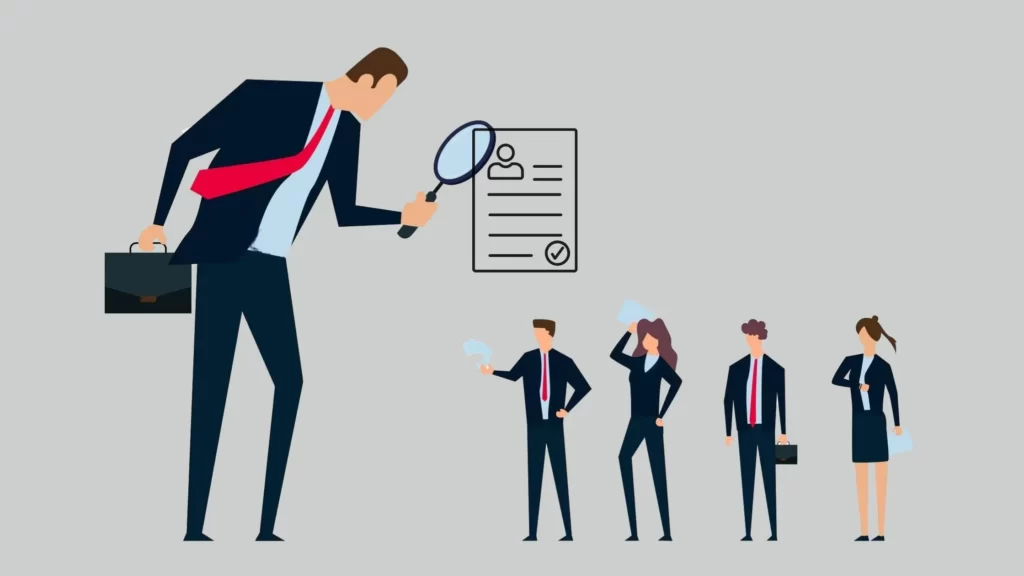
How to prepare for the interview
The first step to acing your IT job interview is to do your homework. Here are some things you should do before the interview:
- Research the company and the role. Learn as much as you can about the company’s mission, vision, values, culture, products, and customers. Also, review the job description and identify the main skills and requirements for the role. This will help you tailor your answers and show that you’re a good fit for the company and the position.
- Review your resume and portfolio. Make sure your resume is updated, accurate, and relevant to the role. Highlight your achievements and quantify your results whenever possible. Also, prepare a portfolio of your previous projects, such as websites, apps, or software that you’ve developed or contributed to. Be ready to explain your role, responsibilities, and challenges in each project.
- Practice your coding skills. Depending on the role, you may be asked to solve some coding problems or demonstrate your proficiency in a specific programming language or framework. To prepare for this, you can use online platforms like HackerRank or LeetCode to practice your coding skills and get familiar with common algorithms and data structures. You can also review some of the most popular IT interview questions and answers on websites like GeeksforGeeks or Interview Cake.
- Prepare some questions for the interviewer. At the end of the interview, you’ll likely have the opportunity to ask some questions to the interviewer. This is a great way to show your interest and enthusiasm for the role and the company. You can ask questions about the company’s culture, values, goals, challenges, or projects. You can also ask questions about the role, such as the expectations, responsibilities, or opportunities for growth and learning.
How to answer common and technical questions
The second step to acing your IT job interview is to answer the questions confidently and effectively. Here are some tips on how to do that:
- Use the STAR method. The STAR method is a simple framework that you can use to answer behavioral questions, such as “Tell me about a time when you faced a difficult problem and how you solved it.” The STAR method stands for Situation, Task, Action, and Result. You start by describing the situation and the task that you were assigned, then you explain the action that you took to solve the problem, and finally you share the result or outcome of your action. This way, you can provide a clear and structured answer that showcases your skills and abilities.
- Explain your thought process. When answering technical questions, such as coding problems or design challenges, it’s important to explain your thought process and reasoning behind your solution. Don’t just write or say the code, but also explain why you chose that approach, what are the advantages and disadvantages of your solution, and how you would test or improve it. This will show that you have a logical and analytical mind and that you can communicate your ideas effectively.
- Ask for clarification. If you’re not sure about the question or the requirements, don’t hesitate to ask for clarification. This will show that you’re attentive and curious, and that you want to provide the best possible answer. Asking for clarification can also help you avoid misunderstandings or mistakes that could cost you the job.
- Be honest. If you don’t know the answer to a question, don’t try to bluff or make up something. Instead, be honest and admit that you don’t know the answer, but also show that you’re willing to learn and improve. You can say something like “I’m not familiar with that topic, but I’m interested in learning more about it. Could you please explain it to me or point me to some resources where I can learn more?”
How to follow up after the interview
The third step to acing your IT job interview is to follow up after the interview. Here are some things you should do after the interview:
- Send a thank-you note. Within 24 hours of the interview, you should send a thank-you note to the interviewer or the hiring manager. You can use email or LinkedIn to do this. In your note, you should express your appreciation for the opportunity, restate your interest and enthusiasm for the role and the company, and highlight your main qualifications and skills. You can also mention something specific that you discussed or learned during the interview, such as a project, a challenge, or a feedback. This will show that you’re attentive and respectful, and that you’re a good communicator.
- Follow up on the status. If you haven’t heard back from the company after a week or two, you can follow up on the status of your application. You can send a polite and professional email or message to the interviewer or the hiring manager, asking if they have any updates or feedback for you. You can also reiterate your interest and enthusiasm for the role and the company, and offer to provide any additional information or references that they may need. This will show that you’re proactive and persistent, and that you’re serious about the job.
- Keep applying. Until you get a formal offer and accept it, you should keep applying to other jobs that match your skills and interests. This will increase your chances of finding the best job for you, and also keep you motivated and positive during your job search. You never know when you’ll find a better opportunity or a better fit, so don’t stop looking until you’re satisfied.

